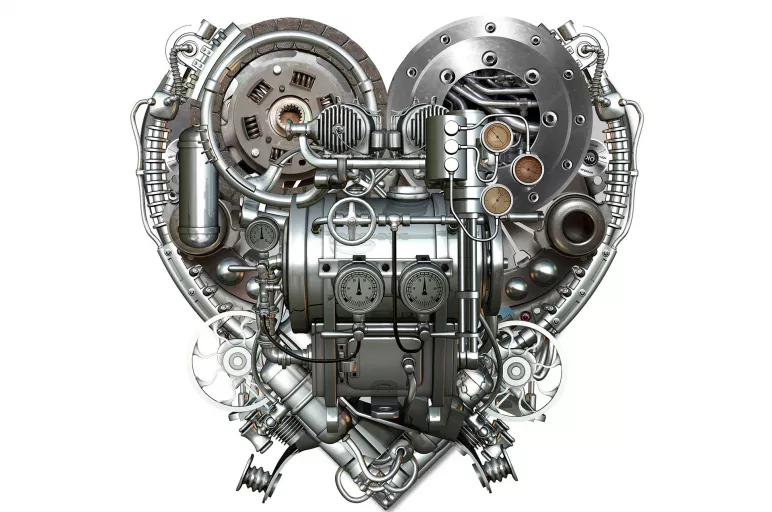
Win-Win: Energy-Efficient Motors Can Drive Savings as Well as Growth
October 11, 2019 | MRO
When sourcing motors, the untrained eye might be tempted to go for the one that costs the least. However, procurement pros know that the purchase cost is a very small factor and constitutes less than 3% of the total life-cycle cost of a motor. As the purchase cost constitutes such a minimal percentage in the total cost of ownership, a lower purchase cost will have a nominal effect on the total cost of ownership of a motor. Therefore, it is necessary to consider the total cost of energy. The cost of running a motor is between 70% to 90% of the total life-cycle cost of a motor and is based on the price of power per kilowatt-hour.
Energy consumption has a significant contribution to the life cycle cost of an electric motor. The average life of an electric motor is 20 years, during which the energy consumption of the motor covers approximately 90% of the total life-cycle cost. The efficiency of an electric motor is the ratio of mechanical power delivered by the motor to the electric power supplied to the motor. Energy-efficient motors use less electricity, do not produce as much heat and often last longer than standard motors.
High Power Consumption and Pollution: True Costs of an Inefficient Motor
According to a recent study by the International Energy Agency (IEA), electric motors are responsible for 53% of global electricity use — or 10,500 TWh per year — and emit a total of 6,800 metrics tons of carbon dioxide. Countries such as Australia, Brazil, Canada, China, India and Mexico — who together represent around 81% of global electricity consumed by electric motors — are working to change their market with regulations and policies that support the enhanced use of energy-efficient electric motors. A transition to energy-efficient motor systems would reduce the global electricity demand for electric motors by around 20% to 30% by 2030, depending on the adoption and implementation of energy-efficient practices and environmental policies globally.
Another aspect enabling the push towards electric motors is public health and safety. According to the World Health Organization (WHO), more than 6 million deaths occur globally because of air pollution, the consequence of fossil-fuel powered motors used in industrial, automotive, and other sectors. These rising concerns regarding the reduction in energy consumption and pollution have led to the increasing demand for energy-efficient motors.
Classification of Energy-Efficient Motors
The International Electrotechnical Commission (IEC) has contributed towards the development of an energy-efficient electric motor standard and has classified the motor into four levels of efficiency. These are IE1 (standard efficiency), IE2 (high efficiency), IE3 (premium efficiency) and IE4 (super premium efficiency). These IEC codes allow governments to specify efficiency levels for MEPS, the Minimum Energy Performance Standards that electric motors have to meet for legal use. The European Union has set motor MEPS levels at either IE3 or IE2 in combination with a variable frequency drive. The USA — which was the first country to set MEPS for motors — has a minimum required level of IE3 while the Asia-Pacific region and China are envisaging setting a MEPS level of IE3 as a voluntary standard.
Conclusion
Energy-efficient motors run cooler and are able to better withstand voltage variations compared to standard motors. Another factor to consider is the manufacturing techniques and material used in the making of the motors. For example, using copper instead of aluminum for the conductor bars and rings of motors results in higher motor efficiency and a significant reduction in resistance losses. Motors with copper rotors yield an overall loss reduction of 15% to 20% compared to aluminum. As a result, an energy-efficient unit has a longer life than a standard unit.
While energy-efficient motors come with a high initial cost, their benefits in terms of energy savings and greater output as well as a lower maintenance cost cancel these costs out. Eventually, an energy-efficient motor will pay for itself.
References



